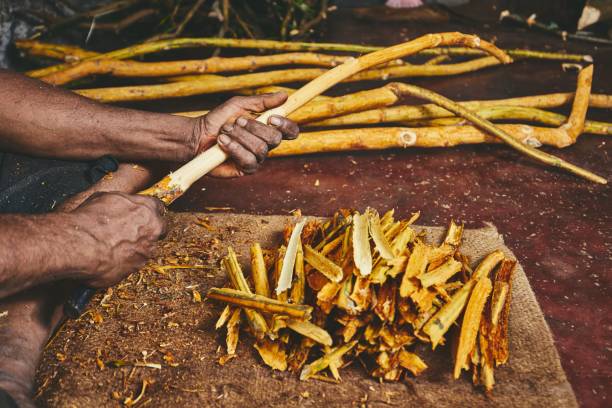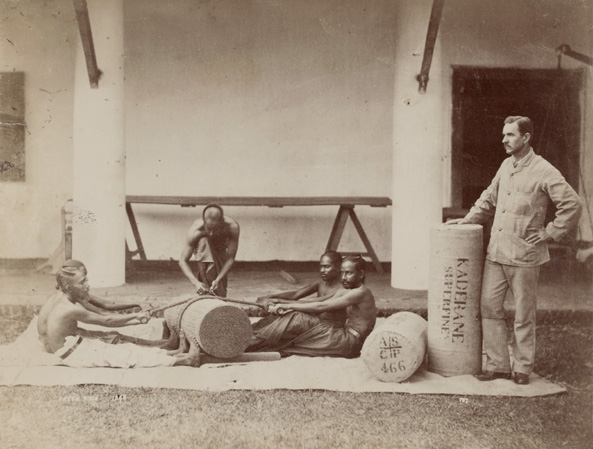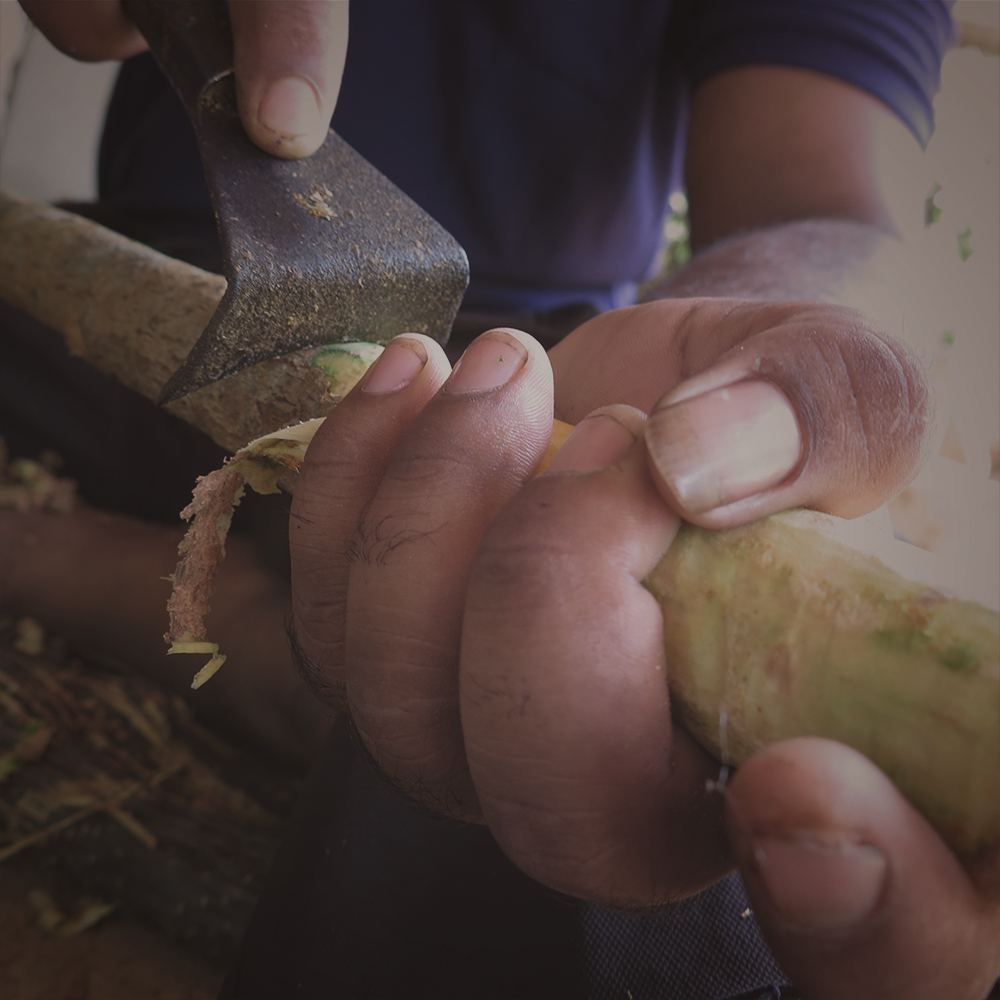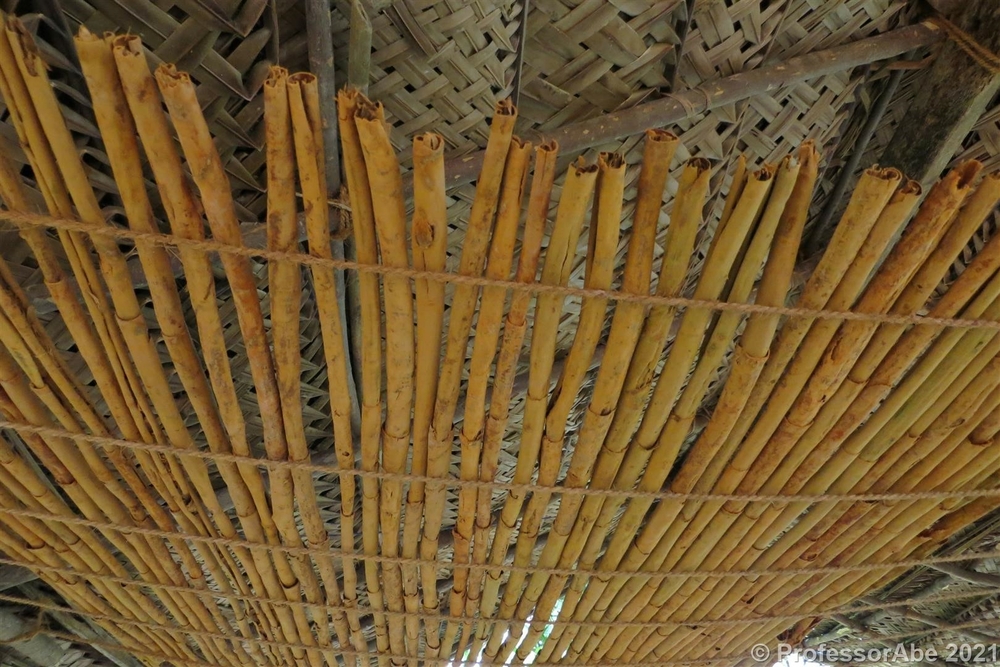Unveiling the Aromatic Majesty of Ceylon Cloves
Apr 22, 2024

Almost certainly, you've tasted Ceylon Cinnamon. Do you know that Ceylon Cinnamon's distinct flavor that you feel is said to be enticed by its unique processing and curing procedure?
The plant that yields pure Ceylon Cinnamon is Cinnamomum zeylanicum. It is an evergreen tree indigenous to Sri Lanka and most of the best cinnamon groves are concentrated in and around Western and Southern provinces of the country.
Cinnamon quills also known as cinnamon sticks, are handcrafted cigar-like rolls made up of multiple layers of dried cinnamon inner bark.
The technical procedure of processing Ceylon Cinnamon quills is unique to the Ceylon cinnamon industry. It is a blend of art and skill that has been passed down from generation to generation.

There are several phases involved in the traditional production of cinnamon quills, from field harvesting to finished product.
…“It should be evident that the cinnamon processing is still not much modernized and is a labor-intensive cottage industry. It is a laborious and tedious process requiring a high level of hand-skill and knowledge. The technical know-how is passed down from generation to generation, within the same groups of families” Cinnamon botany, agronomy, chemistry and industrial applications, R. Senaratne and R. Pathirana (2020)
Let’s take a quick look at that wonderful cinnamon tradition.
Harvesting is the initial stage of cinnamon quill making. The optimal time to collect cinnamon for high-quality quills is during the rainy season, which occurs in Sri Lanka from May to August, corresponding with the South-West monsoon. The bark comes off readily during this time because of increased sap flow.
Usually, they start harvesting early in the morning, about 5.30–6.00 a.m. Peelers are skilled enough to visually locate mature shoots (with brown color bark) in a bush that are suitable for harvesting. Leaving 1-2 immature shoots per bush to grow, mature stems are cut at a 45° angle using a curved sharp knife with a long handle. Then the harvested sticks are bundled up and transported to peeling sheds.
As the first action of peeling, they remove the knots on the sticks using a knife called “Kethta”.
Then using a traditional hand tool known as “Kokethta”, the corky tissues of sticks are scraped off. Peelers employ two or three scraping tools of varying curvature to scrape efficiently by matching the diameter of the sticks.
For optimal scraping, it is necessary to understand the physical characteristics of the stems (roughness and maturity). As a result, automating this procedure is difficult. The scraping time is influenced by the stillness of the stems and their physical features like stick diameter, the extent of knots, straightness, etc.

The scrapped sticks are then rubbed using a brass rod to loosen the bark from the hardwood, which is the most laborious step in cinnamon processing. During the rubbing process, bark sap oozes indicating proper rubbing.
The next step is peeling off the sticks. This is among the most skillful and time-consuming steps in the traditional cinnamon processing.
Skilled peelers examine the stem before peeling to determine the greatest length of bark segments that may be peeled off to produce the quills' outer cover. After deciding on the best way to remove the bark, a tiny pointed knife (they call it “Sawthtuwa”) is used to make two incisions around the stems at the greatest length of intervals. The selected part is then sliced longitudinally from one end to the other.
Then, the knife is gently worked between the bark and stem to detach the bark from hardwood. Finally, skillful peelers made a second longitudinal incision, opposite to the initial cut and separate the bark into two halves, preventing any damage. The bark can be divided into three or even four strips along the stem when the diameter of the stem is large enough.
Long and intact peels that are used to form the outer cover of the quills, are dried in the shade for 2–3 hours after peeling the bark. During this period, the bark coils inwards and gets golden brown color. This time is increased to 5–8 hours during the wet season. Traditional cinnamon processors employ racks made of coir rope or steel for shade drying of peeled cinnamon bark.
The shade-dried long bark pieces are stacked one on top of the other until they form 106.7-cm (42-inches) long, cigar-like tubes; called quill. Experienced peelers ensure equal quill thickness from end to end. Then, the hollow interior of the quill is carefully filled with tiny bark pieces and the edges are trimmed as necessary. Finally, it is carefully raised and dried on a mat/rope rack for further drying.
They use a pair of scissors and a measuring stick of 107 cm, with a wooden lifter called “Pethi Kotuwa” in quill making.

…“A skilled worker can produce 4–5 kg of dried, processed cinnamon per day, for which they are required to peel about 50 sticks, taking approximately 10–15 hr. The method of quill making is known to be low in efficiency and high in cost due to the labor charges, which can account up to 50% of the income”
Development of a cinnamon bark peeling equipment, K. S. Ranaweera (2016)
Air-dried quills are then gently pressed by hand to stack properly. It gives the nice ultimate outcome of the product. The quills are then dried on coir rope racks indoors for 4–7 days. Sometimes they are covered by gunny bags or cadjan leaves.
Finally, processed quills are graded per the diameter, thickness, uniformity, color and foxing. For transportation and marketing purposes, appropriately graded quills are stacked together to form a 45-kilogram bundle; termed as bales.
This is the tale of Ceylon Cinnamon processing.
The entire cinnamon quill making process is time-consuming, highly skilled and traditional that is unique to the cinnamon produced in Sri Lanka and is linked to the cultural, social, and economic life of its people.
Sources
Cinnamon Botany, Agronomy, Chemistry and Industrial Applications
“Ceylon cinnamon”: Much more than just a spice
Development of a cinnamon bark peeling equipment